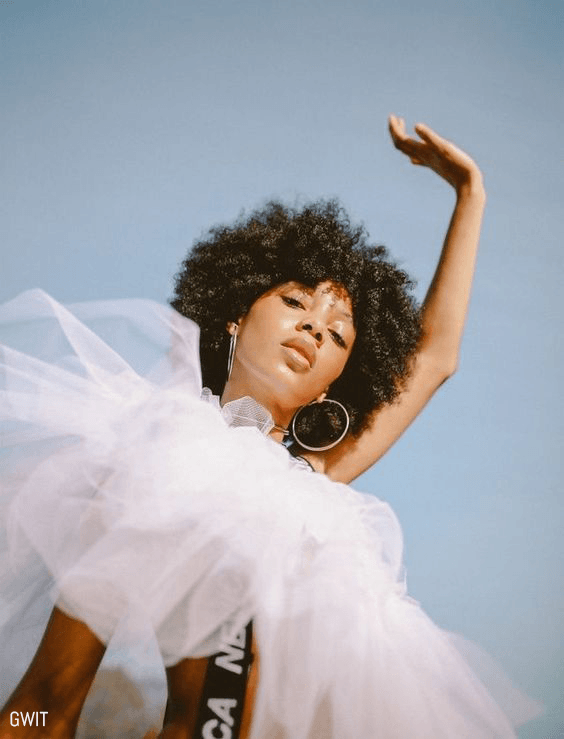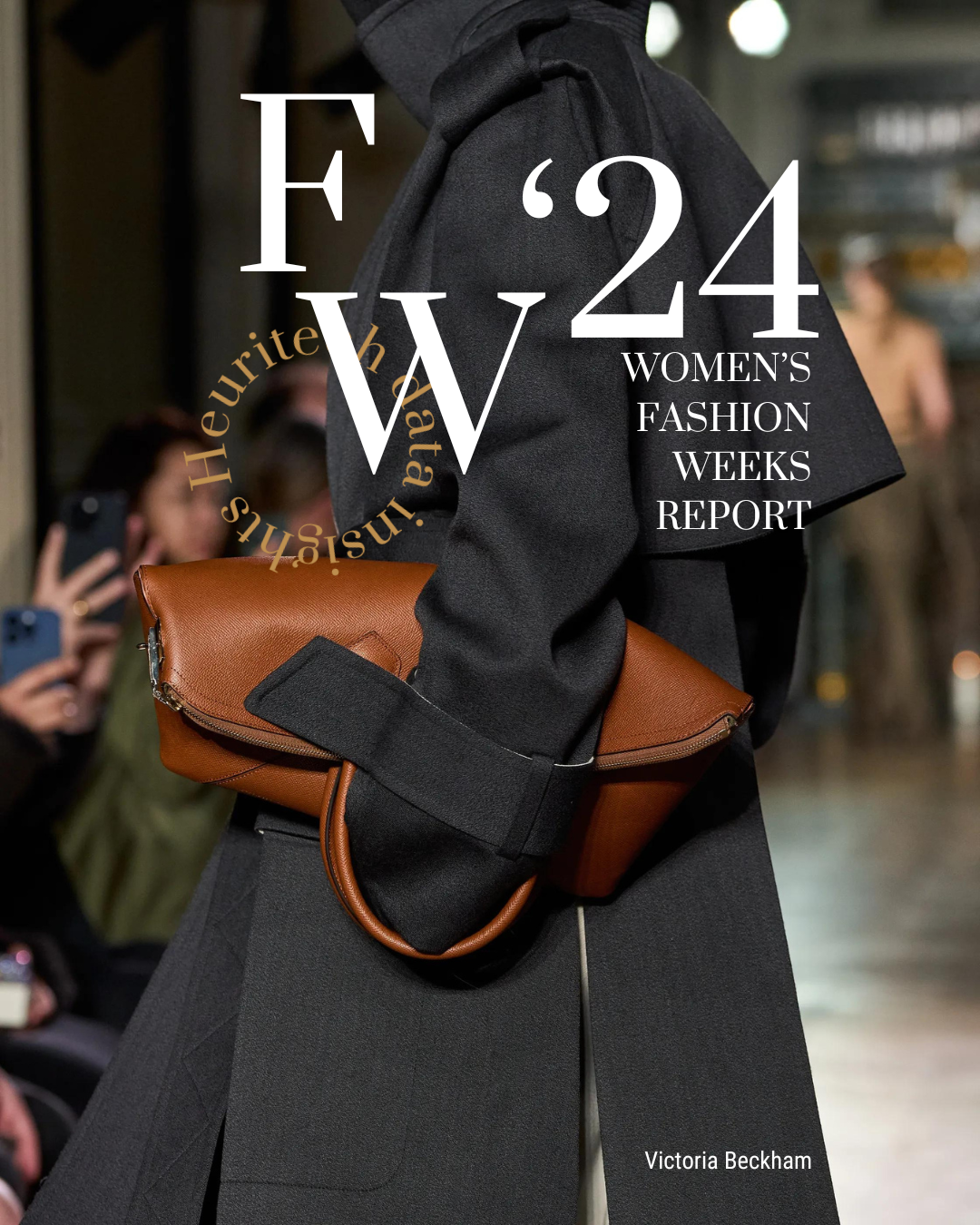Based on insights from Heuritech’s fashion experts and data scientists, brands in the fashion industry can advance through this time of uncertainty with new approaches toward marketing and communication. The importance is to remain delicate in one’s approach to the status quo: exceptional times such as these call for adaptability. By understanding consumer behavior during this time, brands can challenge traditional marketing and communication to build stronger connections with consumers.
Consumer behavior in fashion
It’s already become clear that business-as-usual won’t cut it right now. Covid-19 is the topic on everyone’s minds, so marketing traditionally, as if we weren’t in the midst of an unprecedented situation, could come across as insensitive. Consumer behavior has changed, and with it, so must brand behavior.
The first step is acknowledging the most strategic platforms right now: people are spending more time than ever on social media (and the internet in general) since the start of confinement.
Internet time has gone up 70%, and there has been 61% more engagement on social media platforms since the start of confinement. According to data revealed by Facebook recently, the company has seen up to 70% more time spent across their apps, with Instagram and Facebook Live views doubling in just a week.
Seeing the spike in social media use during confinement, Heuritech analysed Instagram over the months of January until now to determine exactly how much Covid-19 is being discussed. The following insights were gathered from Instagram:
- #coronavirus first appeared in the beginning of January, while #covid19 didn’t appear until the first week of March.
- #coronavirus is 3 times more popular than its relative #covid19, and from January to March, the hashtag saw a 4 times increase.
- In the first two weeks of March alone, the hashtag grew by 6 times.
- In total, there have been 13 million posts about #coronavirus on Instagram, making this hashtag one of the highest growth ever.
- Today, #coronavirus is slowly decreasing in usage to make room for other pertinent hashtags, like #confinement.
What does this tell us? That in order to ensure success now and post-Covid, brands need to get comfortable with communicating with their customers via these platforms, more than ever before.
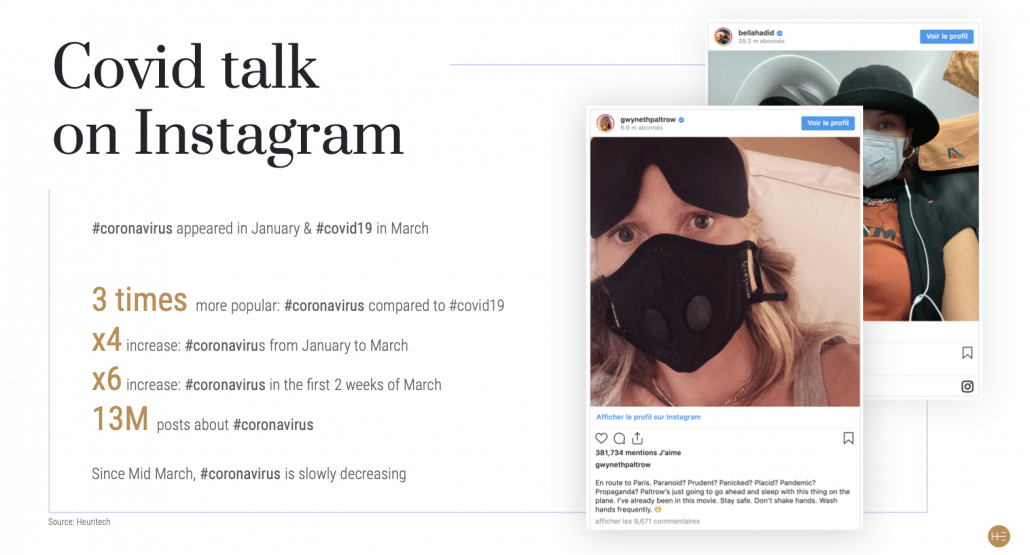
Covid-proof marketing strategies for brands
The best approach fashion brands can take during this time is to aim to build a solid foundation with consumers, and this can be done in several different ways:
- Altering campaigns
- Creating content
- Producing useful products
The foundation of these pillars is, most importantly, empathy. Building connections means moving away from traditional marketing to become a support system. In a study by Kantar, 77% of consumers feel that brands should communicate how they can be useful in people’s new daily lives in confinement. Brands should express themselves with optimism and solidarity: 70% of consumers desire a reassuring tone from brands during this time.
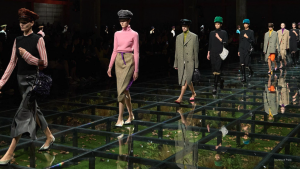
Altering campaigns
Nike is a great example of this type of positive, supportive marketing during the pandemic. On March 15, the company announced that it would close all stores in the US, Canada, Western Europe, Australia, and New Zealand for the next two weeks at least. They mandated their employees to stay home, with full compensation throughout the quarantine. On Instagram, Nike steered clear of traditional marketing: instead of advertising their newest shoe, the brand encouraged people to stay home and to stay healthy. While it is too soon to see the impact on Nike’s sales for this quarter, their chief financial officer Andy Campion stated in an interview on March 26th that online sales last week grew “triple digits”.
Smaller brands are engaging in this type of communication, too: Footwear company Allbirds announced on Instagram that they would donate one pair of sneakers to health workers for every pair a customer buys.
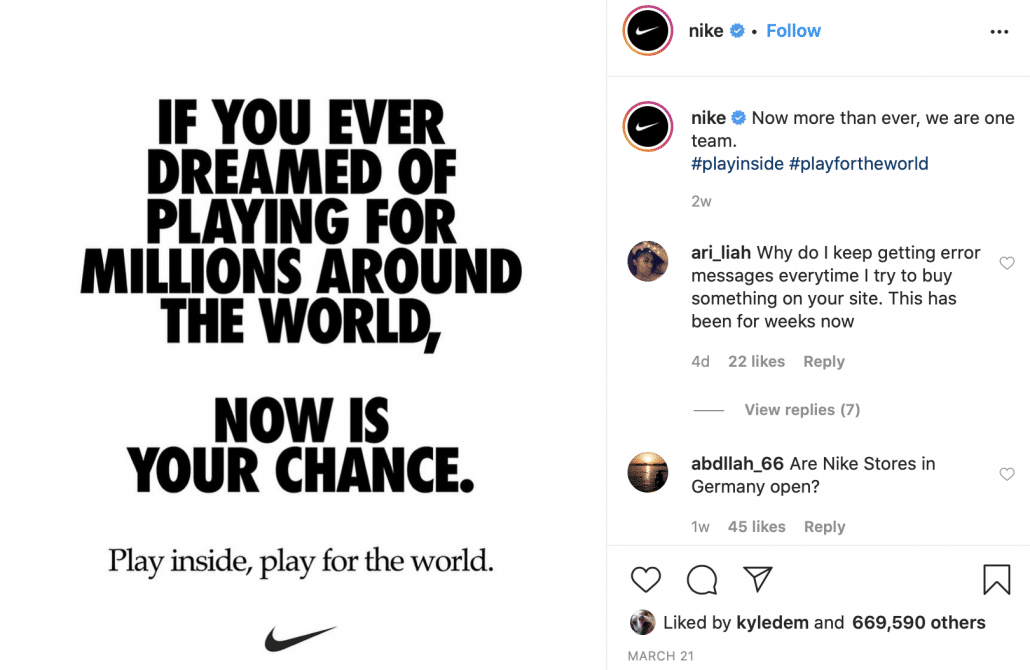
Creating content
And while the latest bag might not be on consumers’ minds right now, people still want content. Currently, 43% of the world’s population is confined at home, and people are itching for entertainment, particularly in longer formats, like video.
TikTok is a good platform for younger consumers, think Gen Z, and certain brands have already jumped on: Jacquemus posts enviable videos of models at the beach, with a big Jacquemus hat or floral Jacquemus bikini. Balmain’s Olivier Rousteing posts runway clips and influencer inspirations, as well.
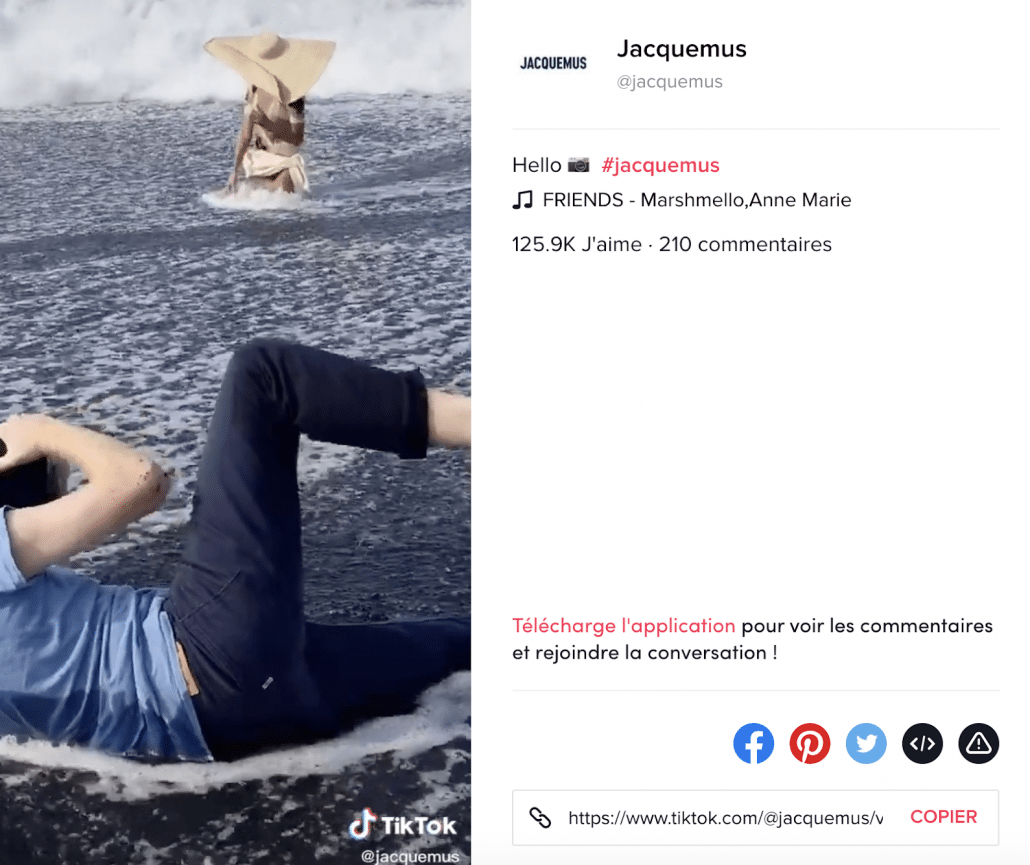
Instagram is excellent for direct interaction with customers and gatherable data on their preferences. Streetwear label John Elliott, for example, is sharing music playlists to his followers on the platform, and Stradivarius live streamed famous Mexican singer and actress, Danna Paola, with the hashtag #musictostayhome. Glossier is live streaming beauty tutorials to their followers using products they already own.
Gaming has also become a viable medium for brands to connect with their customers: Burberry released a computer game “B Bounce” to promote their monogram puffers, and Moschino collaborated with online game “Sims”.
Bottega Veneta has launched a cultural project as Kering calls it titled “Residency,” in order to express support, spread positivity, and reassure people in this time of panic for some. Spanning across nearly every platform – Instagram, YouTube, Weibo, Spotify, and more — influential voices for the brand are invited to talk about their greatest inspirations, recipes are posted every Saturday for people to try at home, and Sunday night becomes movie night.

Covid-19 is so often talked about these days that people are seeking distraction. If brands can provide it, it doubles as a helping hand to those in confinement, as well as a great long-term marketing plan. It’s doable to continue marketing and advertising without being exploitative of the situation, and consumers know authenticity when they see it.
Producing useful products
In the same vein, consumers appreciate brands doing their part to help during the crisis. Rather than a percentage of sales going toward aid, for example, consumers tend to prefer direct donations to hospitals or contributions they can see, like producing masks for health workers.
Fortunately, many fashion players have contributed to fighting against the virus: LVMH, Kering, Giorgio Armani, Versace, Gucci, Saint Laurent, Balenciaga, Moncler, Etam, Ralph Lauren…the list grows by the day. Chanel, for example, is one of the many brands who has begun producing masks for health workers; LVMH has transformed its beauty factories into hand sanitizer factories; and Moncler donated 100,000 euros to hospitals in Italy.
On a smaller scale, brands can make efforts of their own using their customer base via social media. Coco & Rico, an atelier for the creation of responsible textiles, has allocated its sewing machines to the production of masks and medical outfits for health workers. To see smaller brands coming together to aid in the pandemic signals a business mentality built on empathy, a move that is likely to pay in the long-run, as well as to slowly but surely change the status quo of fashion industry practices by bigger brands.
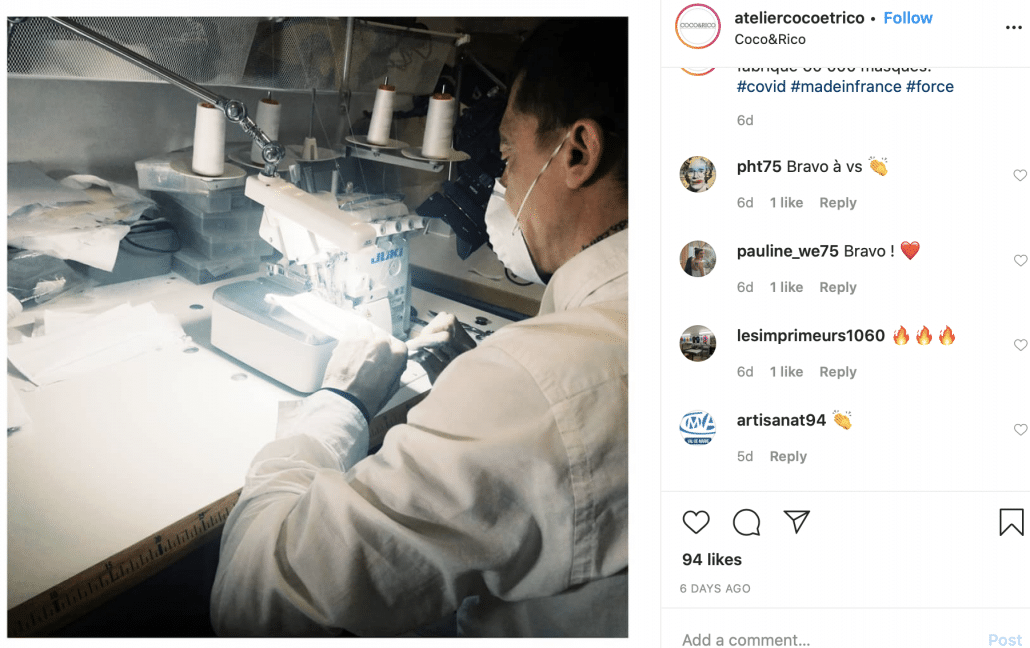
In summary, brands can:
- Use this time to form closer relationships with their customers
- Provide entertainment to those in confinement
- Produce useful products in solidarity rather than simply selling products
Covid-19 is testing brands, but through the power of social media, brands can emerge even better than before. It is for this reason that Heuritech analyses Instagram to gather relevant data on what consumers are talking about and what they need and desire. With these insights, brands can continue to build their customer base, reinforce their identity and values, and do their part to ensure a safe, healthy recovery for all.
